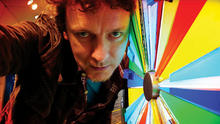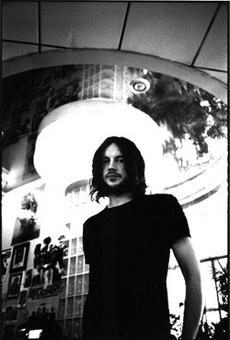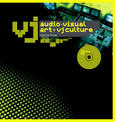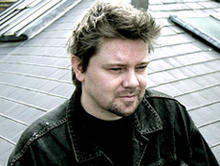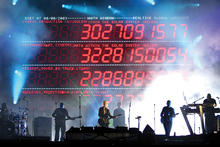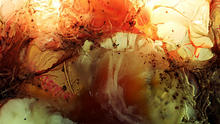Daft Punk: Around the World
(1997)by Michel Gondry is meant to be a visual representation of the song; each element in the video represents a different instrument.
Michel Gondry's music video for the song features robots walking around in a circle on a platform (which represents a vinyl record), tall athletes (as described by Gondry) wearing tracksuits with small prosthetic heads walking up and down stairs, women dressed like synchronized swimmers (described by Gondry as "disco girls") moving up and down another set of stairs, skeletons dancing in the center of the "record," and mummies dancing in time with the song's drum pattern.
According to Gondry's notes, the androids represent the singing robot voice; the physicality and small-minded rapidity of the athletes symbolizes the ascending/ descending bass guitar; the femininity of the disco girls represents the high-pitched keyboard; the "itchy" skeletons serve for the guitars; the mummies represent the drum machine.
Around the World was Gondry's first attempt at bringing organized dancing to his music videos. "I was sick to see choreography being mistreated in videos like filler with fast cutting and fast editing, really shallow. I don't think choreography should be shot in close-ups." The sequence, initially developed by Gondry, was further expanded and streamlined by choreographer Blanca Li. Costumes for the video were designed by Florence Fontaine, the mother of Gondry's son. The flashing lights were operated by the director's brother, Olivier "Twist" Gondry. As Michel Gondry stated, "It all came down to a family affair."
Source: Wikipedia


